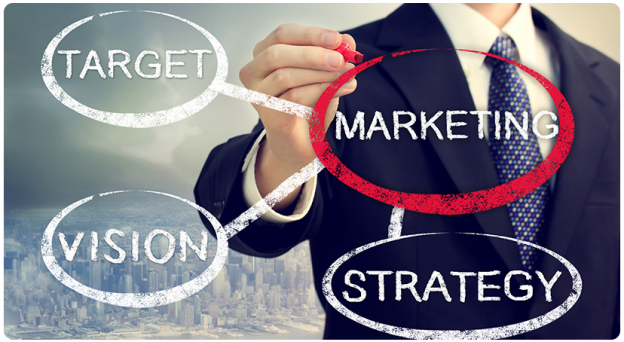The best business plan will be specific, realistic and importantly, a blueprint for success – and an integral part of success means a focus on the customer and client experience when they engage with your business. Today, we explore section 9 of your business plan, your marketing strategy, which will shape how your customers interact with your product or service, from the way they first learn about you, to how they remember your brand within the market.

Your Product and/or Service Marketing Strategy
Marketing to your target audience should be woven into all areas of your business, and certainly, within the product or service you provide – this means considering how your offering ticks the boxes for your potential customer. Is there a unique factor that only your product provides within the market? What problem does your service solve that will make for market cut-through? Is your packaging or branding reflective of what your business represents?
Across your business plan up until this point, you’ve expanded across why your business is viable – for your marketing strategy, you’ll be looking at the “highlight reel” of your business, and ask yourself what will command the attention of your client base.
Pricing
Utilising the financial sections of your business plan, examine your pricing through a marketing lens – are you priced as a premium product or service which your audience will appreciate? Does your target market look for the best value?
Your customers will often be looking at your pricing during their early interactions with you, especially if you’re a new-to-market brand, so be certain that what you’re charging will resonate when it’s being incorporated within your marketing materials.
The Right Place Marketing Strategy
With an understanding of where your target customer will be shopping, you should be able to determine the best channels for the distribution of your product or service. For some, these will be standalone retail outlets, and for others, you’ll be stocking a product within larger physical or online stores.
Becoming familiar with where customers will engage with you allows you to tap into touchpoints with them along their client journey – will they be shopping online via an app, or will they visit a physical outlet to make their purchase and spend time with a salesperson from your team? You may have the right product, but if it’s not visible to your target market, you won’t get far.
Promotion
Selecting the right marketing tactics for your audience will pull together all of your market research and client insights that you’ve compiled. Ongoing promotion and marketing is essential, and requires solid planning for several months, and sometimes years, ahead. Marketing is often a key role within a business, as it requires creativity and adjustment to fit the market trends or to stand out from the rest.
Promoting your business includes your social media channels, your website, customer newsletter, offers and loyalty programs, as well as more traditional marketing methods like billboards, print collateral or digital advertising – to keep your costs reasonable, it’s essential to know where your target market will be spending their time.
Is your business ideal for impulse sales via Instagram ads? Will your customers prefer brochures and catalogues in a digital format?
Launch Budget
Once you’ve added details that address (at minimum) the four points above, it’s time to detail your launch budget (which will already have been listed as part of your financial plan in a previous section of the document).
Your launch budget will include all of the cost of preparing to go live with your business, from Facebook ad campaigns to mail-out welcome vouchers – your aim is to attract new customers. Much of this budget will be spent well before you are on the market and selling your product or service, so allow for this in your financial timeline.
Marketing Budget
Your marketing budget combines the costs of your ongoing marketing strategy post-launch, incorporating regular collateral sent to customers, in-store signage for regular sales, and scheduled ad campaigns throughout the year. Your marketing budget should be realistic and sustainable, as a one-push marketing effort rarely yields rewards – consistency is key, aiming to retain your current customer base and continue to drive new business alongside.
For both your launch and ongoing marketing budget, utilise the break-even analysis to determine what incoming business will be required to see a return on your marketing investment, and set realistic budgets. Understand that while your launch may require more funds as an initial drive for customers, your regular “maintenance” marketing costs should be leaner.
With your marketing budget complete, we’re now moving into the final pieces of your business plan document, beginning with your ownership structure, which will be discussed in the next post.
Written by Craig Wood


